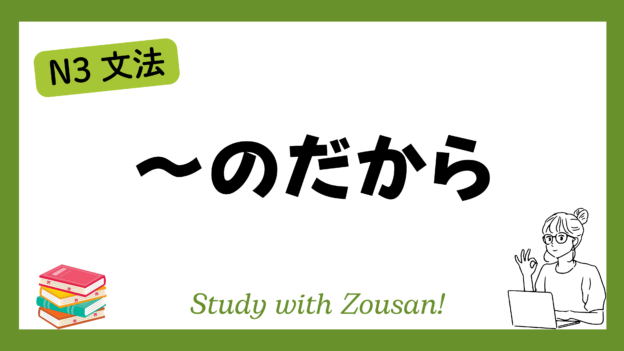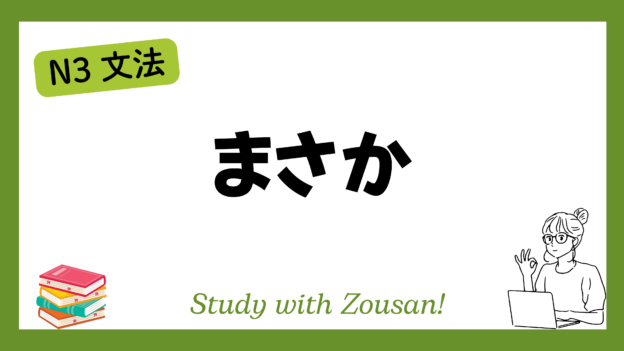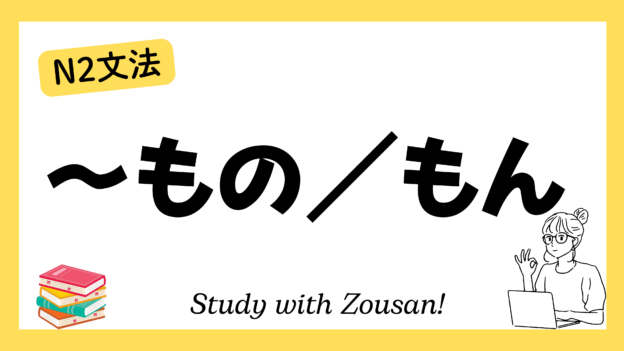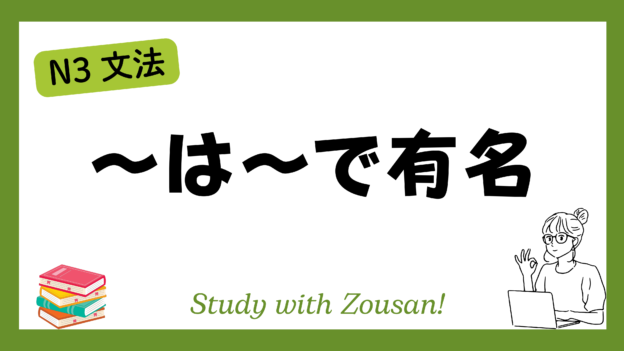N2文法:~と同時に
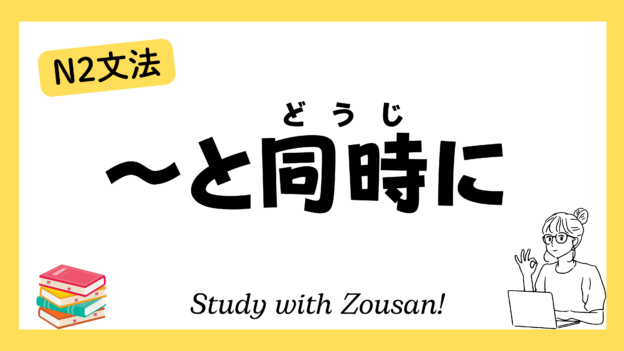
2024.10.28
Meaning: “At the same time…” / “Simultaneously…” / “As well as…”
The structure ~と同時に is used to describe two actions or events occurring simultaneously, at the same time, or within the same timeframe. It emphasizes that the two things happen in parallel and coincide with each other. Additionally, it can express that when one state or situation occurs, another state or situation also occurs simultaneously.
※Note:
・~と同時に can be used with verbs, adjectives, and nouns to indicate the simultaneous nature of two events.
・This structure is often used in both spoken and written language to emphasize the simultaneity of two actions or states.
Structure:
| Verb (casual, non-past) | + と同時に |
| Noun | |
| な-adj + である |
Example:
-
-
-
🌟 彼は家に帰ると同時に、電話が鳴った。
(かれ は いえ に かえる と どうじ に、でんわ が なった)
He arrived home at the same time as the phone rang. -
🌟 彼女は笑うと同時に泣き始めた。
(かのじょ は わらう と どうじ に なきはじめた)
She started crying while laughing. -
🌟 ドアを開けると同時に、犬が飛び出してきた。
(ドア を あける と どうじ に、いぬ が とびだしてきた)
As soon as the door opened, the dog jumped out. -
🌟 仕事が終わると同時に、雨が降り始めた。
(しごと が おわる と どうじ に、あめ が ふりはじめた)
The rain started as soon as the work finished. -
🌟 彼は本を読むと同時に音楽を聴くのが好きだ。
(かれ は ほん を よむ と どうじ に おんがく を きく の が すき だ)
He likes reading books while listening to music. -
🌟 彼女は新しい仕事を始めると同時に、引っ越しの準備もしていた。
(かのじょ は あたらしい しごと を はじめる と どうじ に、ひっこし の じゅんび も して いた)
She was preparing to move at the same time she started a new job. -
🌟 試験が始まると同時に、教室が静かになった。
(しけん が はじまる と どうじ に、きょうしつ が しずか に なった)
The classroom became quiet as soon as the exam started. -
🌟 春が来ると同時に、花が咲き始める。
(はる が くる と どうじ に、はな が さきはじめる)
Flowers begin to bloom as spring arrives. -
🌟 この問題は難しいと同時に、とても重要だ。
(この もんだい は むずかしい と どうじ に、とても じゅうよう だ)
This problem is not only difficult but also very important. -
🌟 彼は辞めると同時に、新しい仕事を見つけた。
(かれ は やめる と どうじ に、あたらしい しごと を みつけた)
He found a new job at the same time he quit.
-
-





